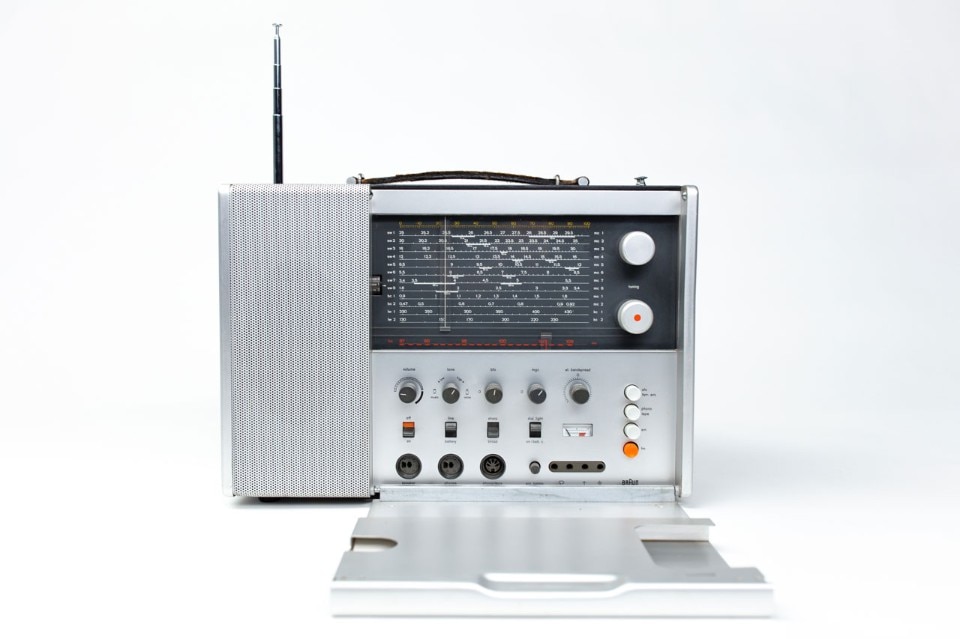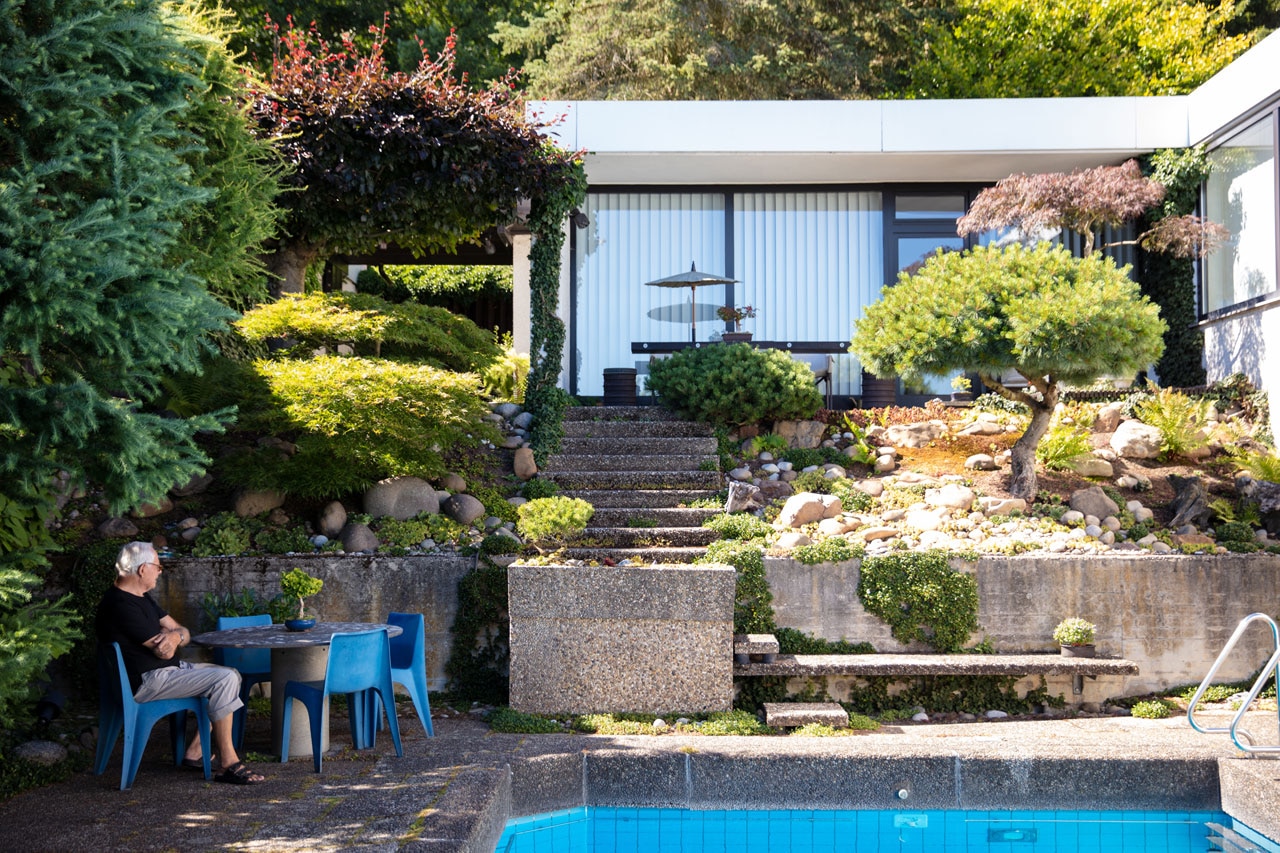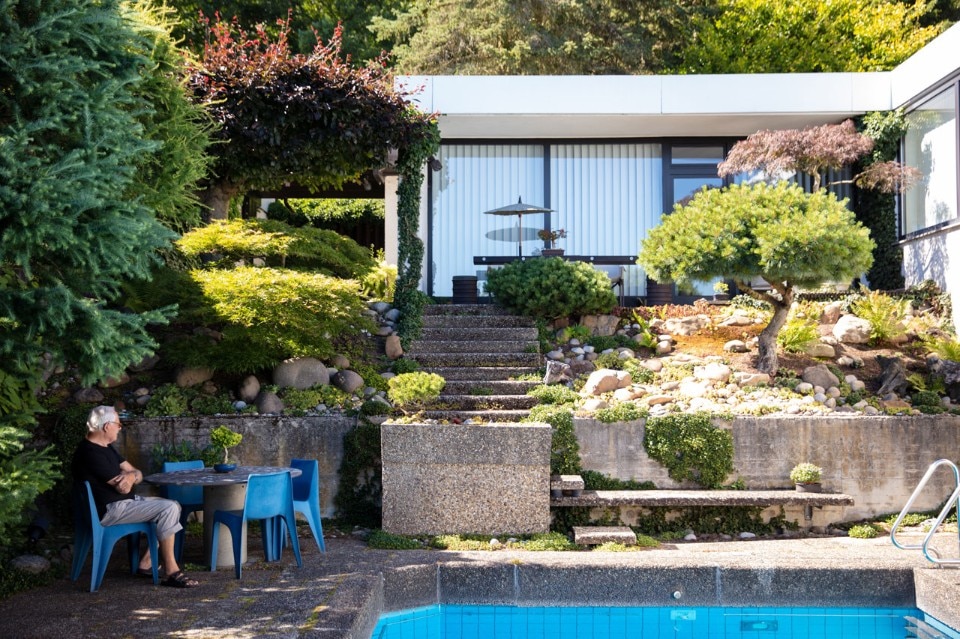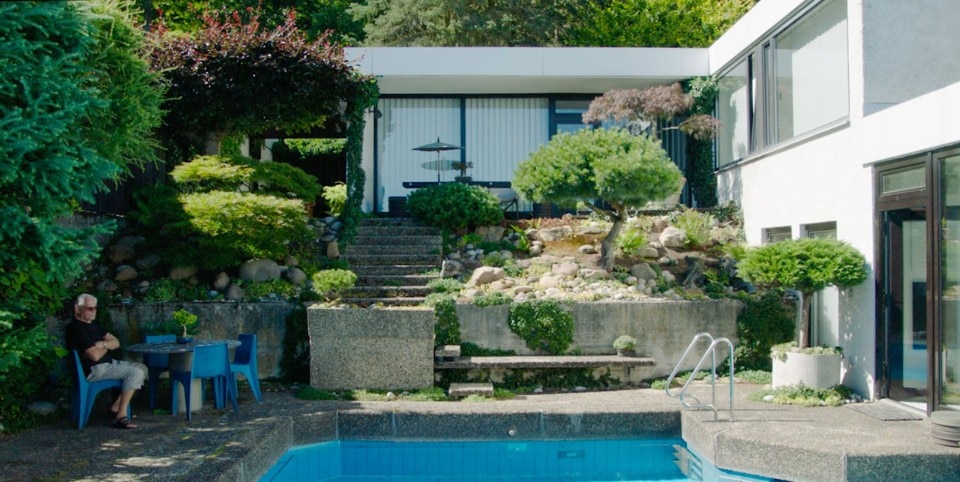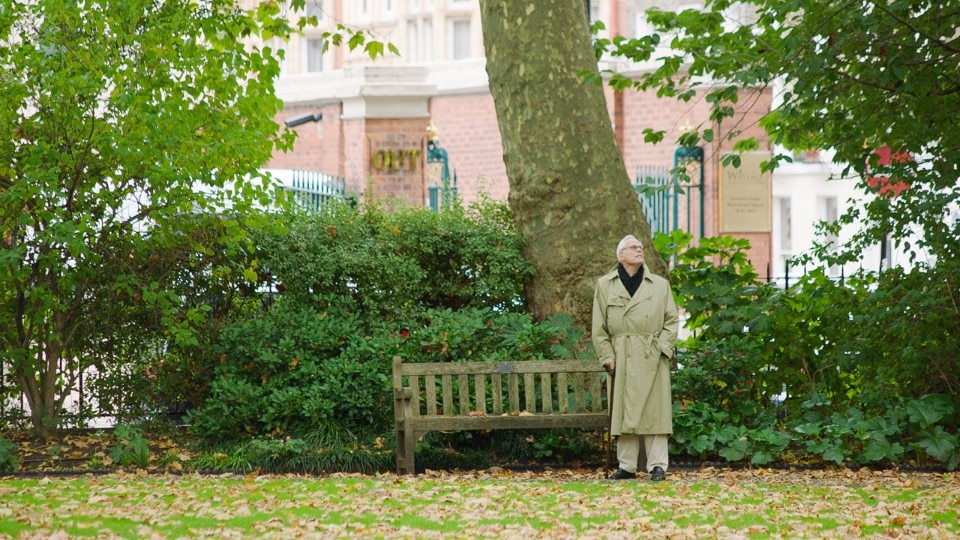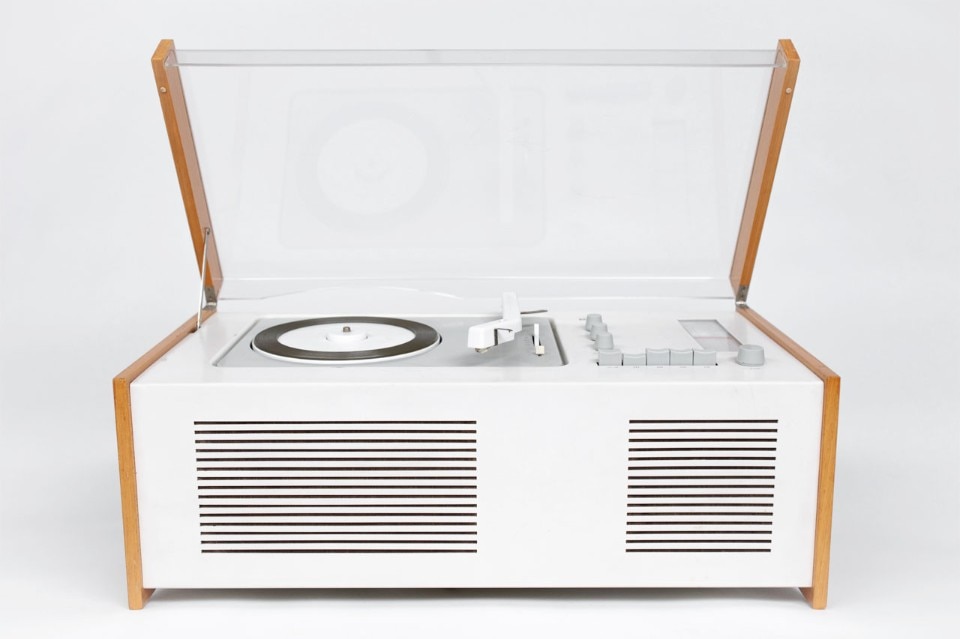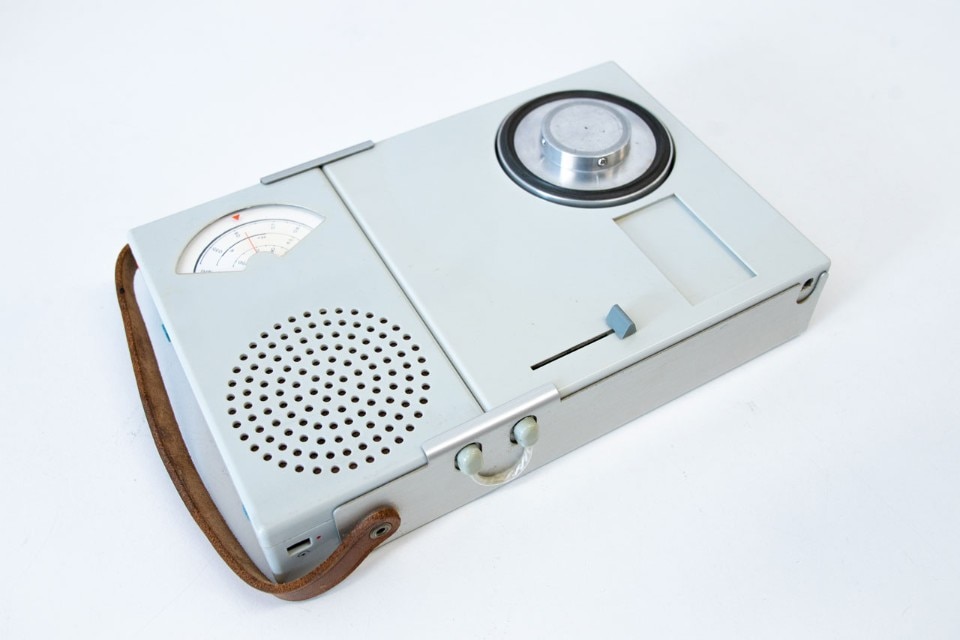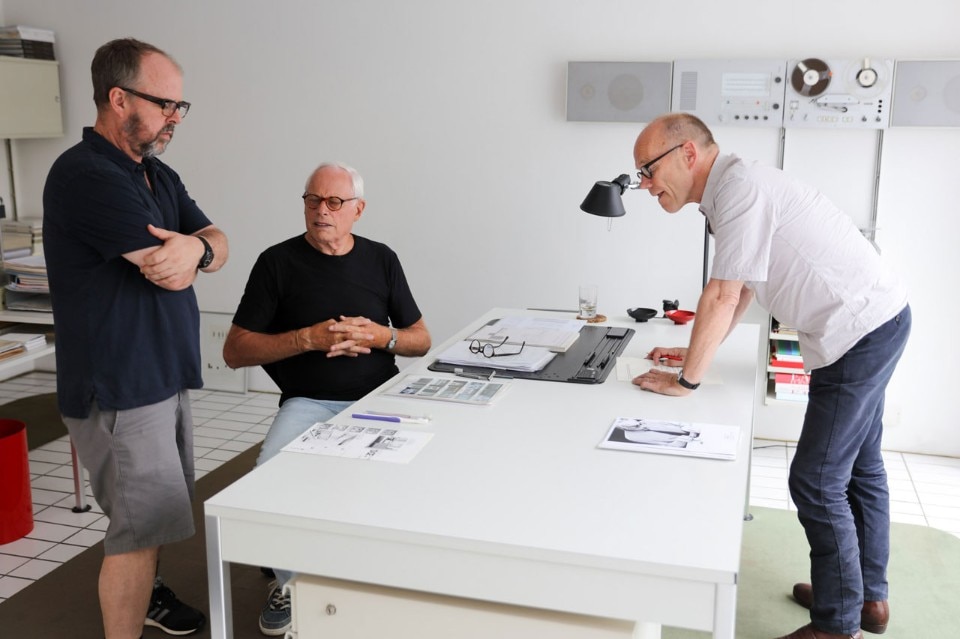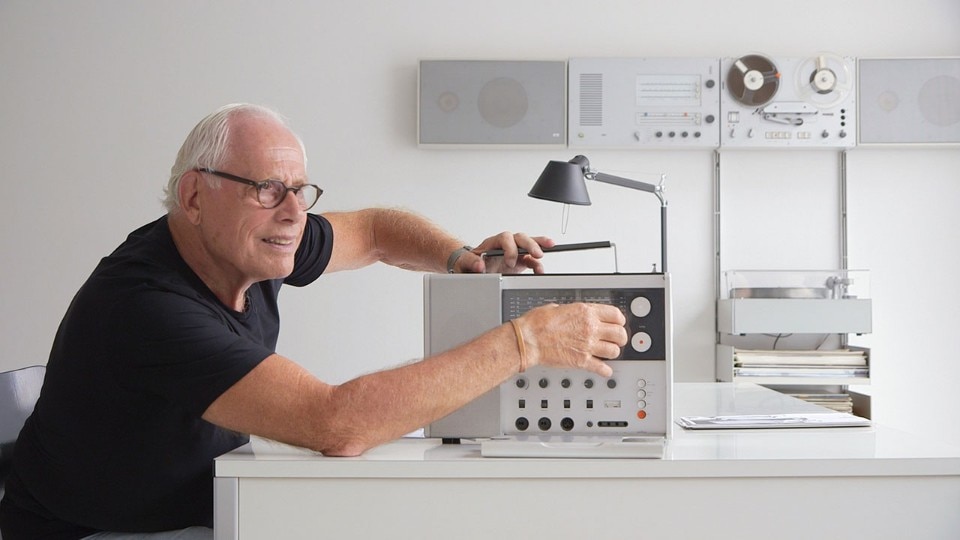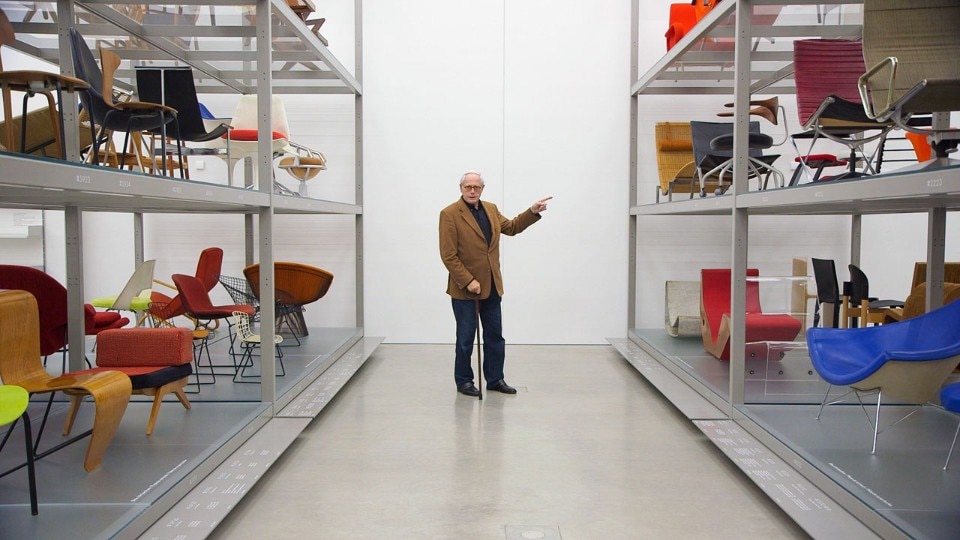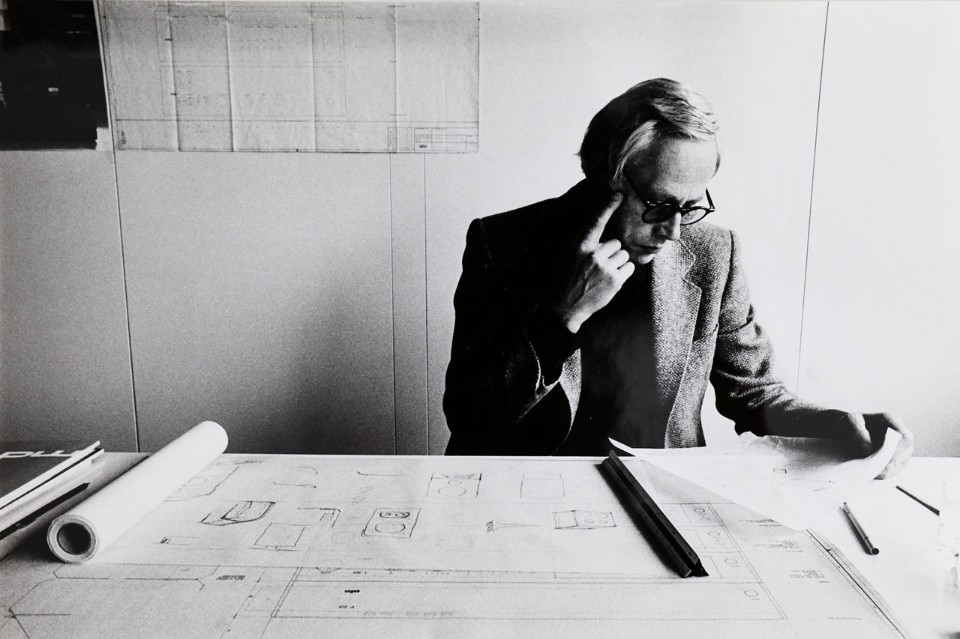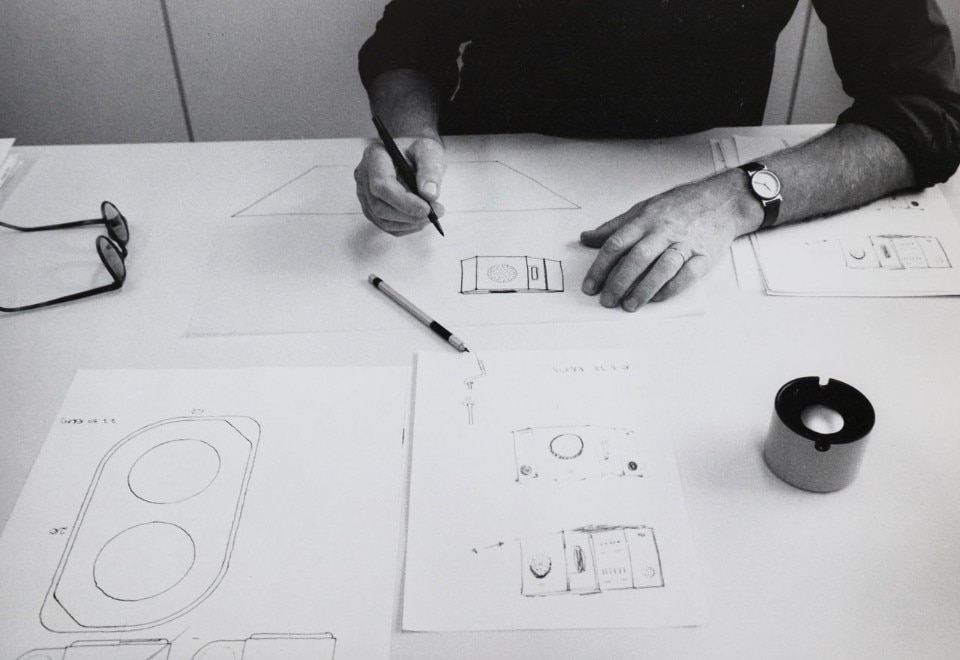Design, according to Dieter Rams, is a complex matter, and like many complex forms of research, it is centred around a simple principle: “Less, but better”.
“What is good design? Product design is the total configuration of a product: its form, colour, material and construction. You cannot understand good design if you do not understand people. For design to be understood by everyone, it should be as simple as possible. The times of thoughtless design [...] for thoughtless consumption are over”.
The exploration of the world of Rams in the documentary by Gary Hustwit begins with these concise words (a reference to the famous ten principles of design which are only listed mid-film) written on a Valentine typewriter (Rams is a great fan of Ettore Sottsass: “He wanted to do something completely different, not something that was produced, but only demonstrated”). The delicate plot touches on lesser-known and intimate aspects, which help to understand the philosophy of the legendary designer.
The grand scenic presence highlighted in the opening shots, which contributed to Rams being nominated as Mr. Braun (“They wanted to give a name and a face to this new aesthetic and stance with regards to design, although Rams has always recognised and stressed the contribution made by his colleagues, naming them all”, explained Sophie Lovell, the author of the book Dieter Rams: As little design as possible, published by Phaidon, in one of the many interjections which occur throughout the documentary), In reality hides a profound sensitivity in his way of seeing the world, and his understanding of the human dimension. These are aspects which Hustwit manages to pick up on and communicate, thanks to his privileged access to the designer’s private life, but also by his following him in meetings with colleagues, during conferences, and during his speeches at exhibitions dedicated to him.
Gary Hustwit, RAMS, official trailer, 2018
The words of Rams set the pace of the film - between memories of the past, reflections on the present, and worries for the future - and his minimal gestures which are set, above all, in his home in Kronberg, where he has always lived, surrounded by his objects in an all-encompassing environmental design.
Empathy, collaboration and sharing are traits which emerge from these considerations. On being asked the question on how to overcome mediocrity, the answer lies in the ego of the others, and not in his: “By finding the right people, who know how to create something through collaboration, who know how to go beyond their day-to-day responsibilities, who are able to imagine what future society will be like”. Design begins here, with concern for society, for its evolution, its behaviour with the aim of improving conditions with tools that are as simple as possible.
Design begins here, with concern for society, for its evolution, its behaviour with the aim of improving conditions with tools that are as simple as possible.
In certain moments, Hustwit interrupts the minimalist narration which favours close-ups, interviews without interviewers, and the contributions of colleagues and critics with copious archive footage that looks back over his private and then professional life. His childhood during the Second World War, his first jobs in post-war Germany, in a climate of great change and uncertainty. His training as an architect at the Technical Arts College in Wiesbaden, a kind of mini-Bauhaus; his first work in the studio of Otto Apel in Frankfurt, one of the greatest architecture firms of that period. The challenge he faced when he began to work for Braun in 1955 and discovered his vocation as a designer.
This marked the end of his career as an architect, although architecture was to remain as an important aspect of his design (in particular his interest in landscape architecture, for its ability to provide a global view of specific problems; designing an innovative car is not a question of technology or form, it is a question of architecture. It means predicting how transportation will have evolved in fifty years’ time, as Rams explains).
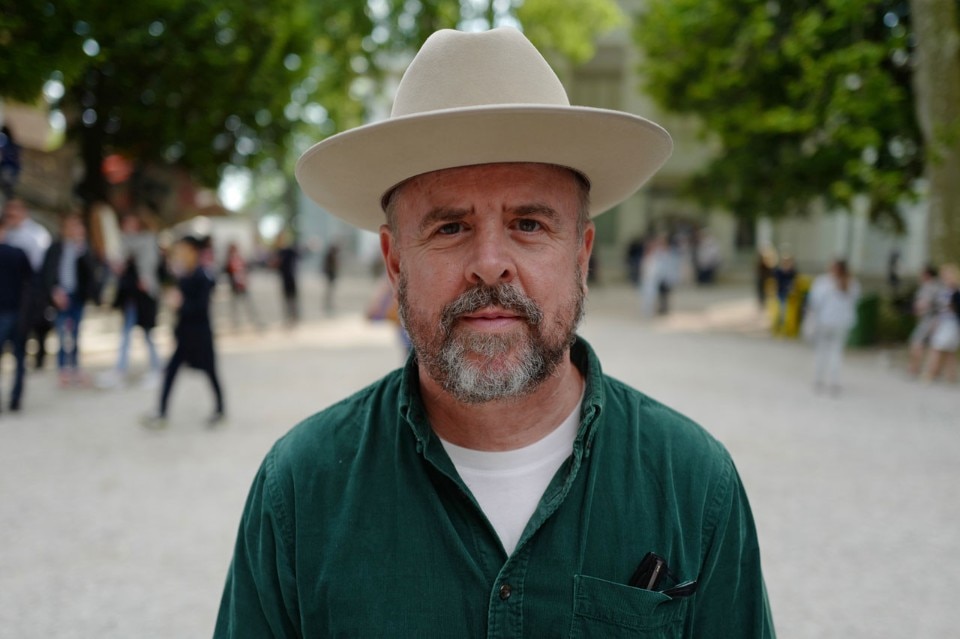
“Good design is aesthetic”, states the third principle of Rams, but in a form which is very close to the Zen way of thinking, an aesthetic which is not a search for the beautification (a word which the designer hates) of the object, but which has to contribute to forming one’s personal circle and well-being. There are many points in common with Japanese culture in both his private life (the images in which Dieter is shown caring for his bonsai and his Japanese garden are moments of pure voyeurism, although they are, as always, tied to the idea of a modernist form of design) and his working life. It was Naoto Fukasawa who defined Rams as “the first and the last of the designers. The first to take on the themes of product design and at the same time provide the most appropriate answers”. It is no coincidence that Apple has constantly looked to the teachings of Rams, beginning with the Braun T 3 Radio from 1958, an object of outstanding completeness.
Although Rams speaks of innovation, his objects are created to be updated, “re-engineered”, a process which begins from within, rather than being formalistically re-thought every time according to the laws of the market. “Less, but better” is not only an idea which forms the basis of design, but also of behaviour. It is an attitude which looks to the elimination of waste more in conceptual terms than material terms. It is no coincidence that, as always ahead of the times, included in Rams’ ten principles of design is the concept of ecology. Objects are not only conceived and designed simply as a singularity, but as part of a larger system, anthropised space, the environment, for which the simplest solution is also the most ecologically (and economically) correct. As is the case of the water-driven system which powers the Neroberg park funicular railway in Weisbaden, which was a source of wonder for Dieter when he was a child.
Huswit succeeds in the difficult task of presenting Rams’ work with the same emotion, with a minimalist narrative structure and a sophisticated and essential aesthetic. Music by Brian Eno.
Opening image: Dieter Rams, radio Braun T1000, 1964
- Film:
- RAMS
- Director:
- Gary Hustwit
- Year:
- 2018


